Chemistry. Biology. Art. Math.
Conversion Rate Optimization (CRO), a fancy phrase that describes “getting online users to take an action you want them to take” is based on all of these. When you communicate with people, neuroscience kicks in – chemicals fire in the brain, and it can make or break you in your marketing. Using these neuromarketing tools, we wanted to share some ideas on how to improve your customer experience and conversion rates.
Better Online Marketing Through Chemistry
It’s science, yo.
Four chemicals drive most of our responses to online and electronic marketing:
Cortisol
When we perceive a threat, Cortisol is released. That is, it’s released in response to stress. In marketing, this can be a deterrent to someone sticking around on your site long enough to buy anything or show interest. If you land on a website that is downright frightening, your immediate negative reaction can be felt.
How to Use Cortisol in Online Marketing
It’s probably better NOT to use Cortisol unless you’re selling security systems. You can employ it with limited time offers (FOMO, fear of missing out). We recommend that you focus more on Oxytocin (up next).
Oxytocin
The anti-cortisol is Oxytocin. When you build social bonds with site visitors (we’re like you!), establish trust and build loyalty, Oxytocin is released. “Comfort food” for the neurons…
In online marketing, you have a number of tools to help you build trust. If you visit a site with elements like good design, social proof and trust symbols, you won’t feel Cortisol.
How to Use Oxytocin in Online Marketing
Here are five quick ways to mitigate fear and build trust in your online marketing:
- Look good with good design
- Spell and grammar check your site
- Show your team (be human)
- Show how to find you (be visible)
- Update regularly (no cobwebs like the last blog post being 2011)
Dopamine
Dopamine can be your online marketing friend. It is released with anticipation – think intrigue where a concept is not too familiar (boring), but not too radical (freakish). If the headlines to your website are cliches or product names, you’re not engaging Dopamine.
How to Use Dopamine
One of our favorite techniques is using a tease in a newsletter where you MUST click the story to get the answer or see the conclusion. Dopamine is released before the click of anticipation… Twisted Puppy client Smart Classroom Management used to give away the entire article in every weekly newsletter, but now they tease it, and it’s virtually impossible not to continue reading (indeed, traffic doubled).
Serotonin
When your online message flatters or rewards a visitor, you’re potentially releasing Serotonin. It’s the chemical of status and pride.
How to Use Serotonin
Here are five quick ways to win customers:
- Loyalty programs
- Exclusive access
- Badges
- Featured customers
- Ask for feedback and (surprisingly) reward it
Neuromarketing FTW
Why not take a scientific approach with your marketing? Add math, art and biology to this chemistry and leverage neuromarketing for improving conversion rates. Consider it the modern way to engage customers and know if you’re sending the right signals. Less guesswork – you use research, some neuroscience and analytics. Make your marketing messages fun or intriguing instead of “what the other guy said”. Your metrics will probably improve and you’ll have more freedom to try other ideas.
We hope you enjoy the Twisted Puppy blog posts and newsletters. If you do, we’ll really appreciate it if you join the discussions in the comments and share the article with anyone who you think may find it useful.


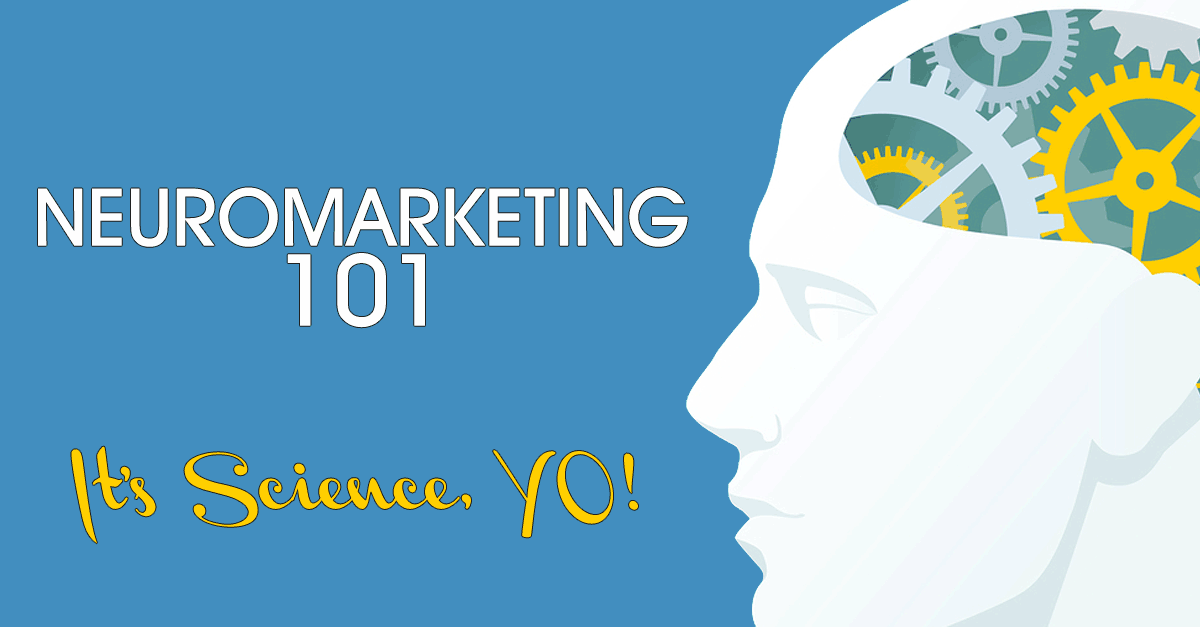

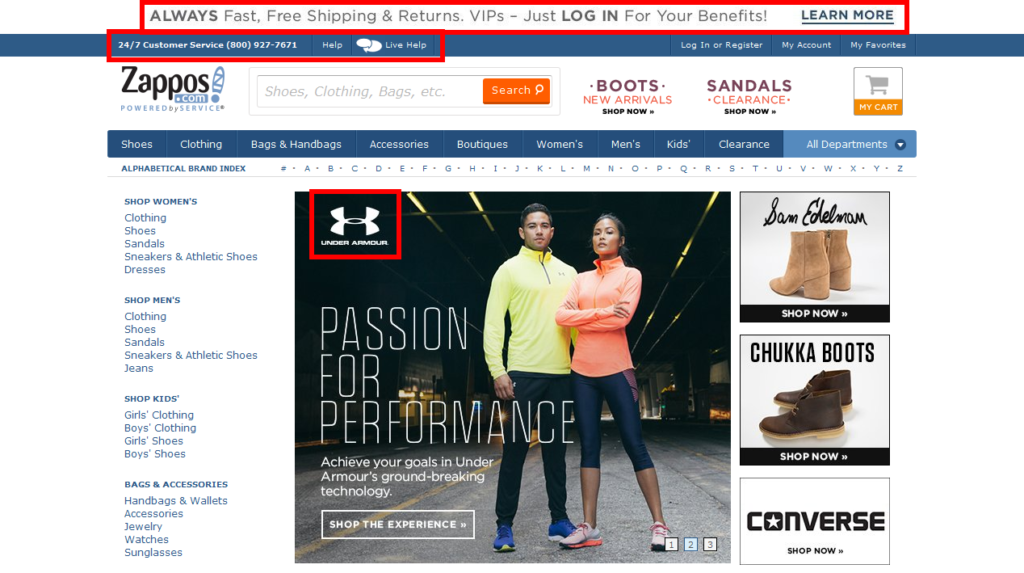
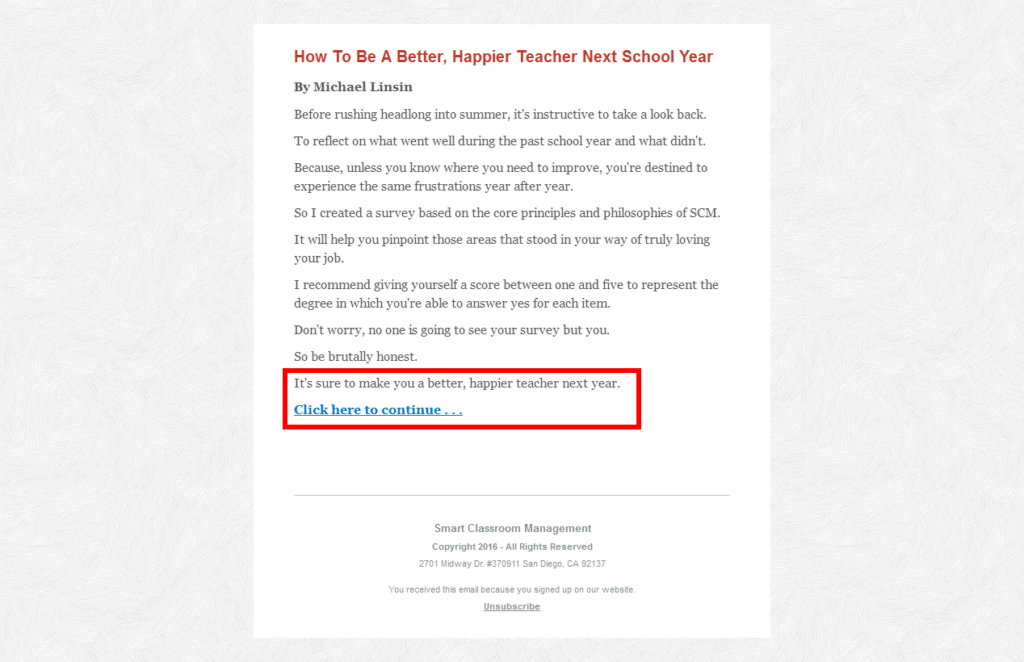
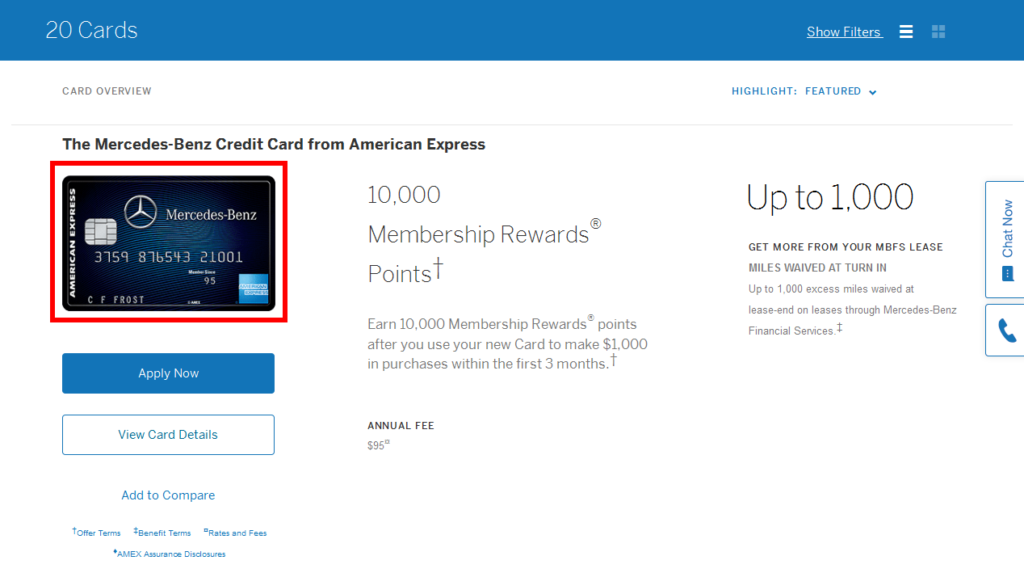
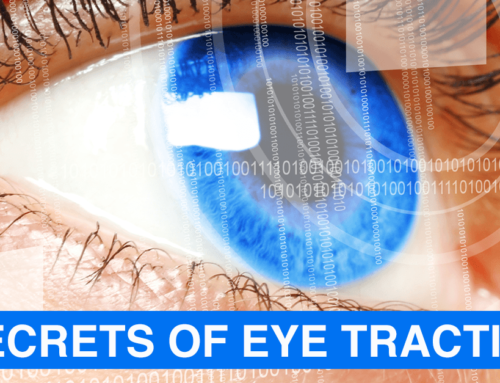

![Video Engagement [Infographic]](https://twistedpuppy.com/wp-content/uploads/2017/08/twisted-puppy-blog-video-engagement-1-500x383.png)
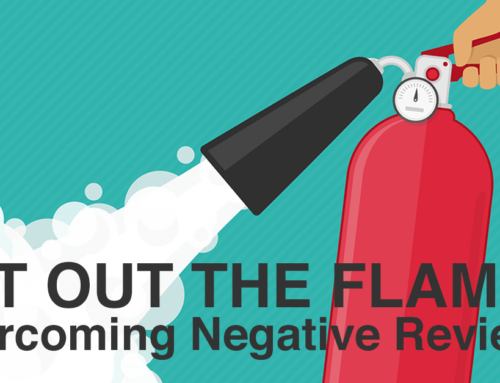
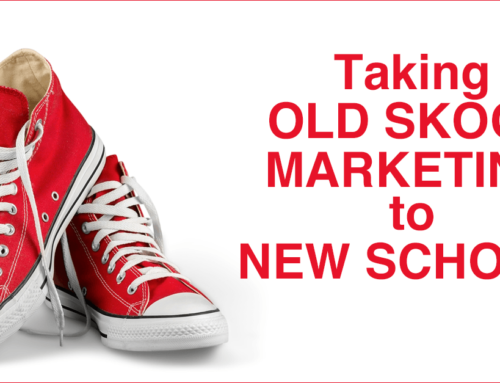
[…] We’ve written about some scary websites before, where the visual appeal was zilch and the cortisol response was high. If your web page looks like it was written circa 1997, using the blink tag and border size five, you’ll probably frighten people away in less than 0.2 seconds. Keep it visually clean and current. So when a tech guy says “hit refresh”, you may want to add that as an annual reminder to update your website too 🙂 […]